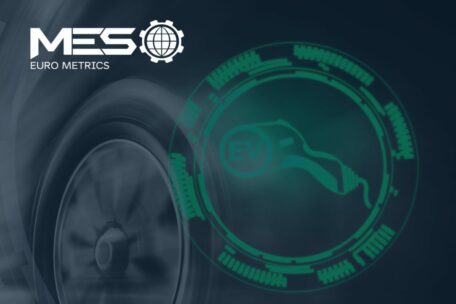
Our new movie
See what our work looks like! How are we doing? How do we source suppliers and who do we provide our services to? Today we talk about our activities - watch the video, meet
Read MoreThere are more and more electric vehicles, which are constantly gaining supporters.
We can see many factors that are responsible for this state of affairs. These are primarily:
EV is an abbreviation for EN electric vehicle. Electric vehicles are partially or completely powered by electricity.
Electric vehicles have low operating costs because they have fewer moving parts to maintain, and they are also more environmentally friendly because they use little or no fossil fuels (gasoline or diesel). While some electric vehicles used lead acid or nickel metal hydride batteries, the standard for modern battery electric vehicles is lithium ion batteries.
They have a longer lifespan and excellent energy retention, with a self-discharge rate of just 5% per month. Despite this increased performance, there are challenges with batteries as they can experience thermal instability. This condition can, for example, cause fire or car explosion. Efforts have been made to improve the safety of lithium-ion batteries and they are constantly being improved.
Fully charging an electric car from home can cost as little as £7.80 (about PLN 43 or about US$10) and can even be free in public car parks.
In comparison with a combustion engine, battery electric vehicles have approximately 99% fewer moving parts that require maintenance.
Advantages of BEV:
BEVs can be charged at home overnight, providing enough range for short to medium trips. Longer trips, or those that involve many uphill climbs, may mean the fuel cells need to be recharged before reaching their destination, although regenerative braking or downhill driving can help mitigate this by recharging the batteries.
The typical charging time for an electric car can range from 30 minutes to over 12 hours. It all depends on the speed of the charging station and the size of the battery.
Possible range is one of the biggest issues with electric vehicles, but it’s something the industry is already working on.
Instead of relying solely on the electric motor, hybrid electric vehicles offer a combination of battery power and gasoline (or diesel). This makes them better suited for long distances as you can switch to traditional fuels instead of searching for charging points to recharge your battery.
Of course, the same disadvantages that apply to vehicles with internal combustion engines also apply to PHEVs, such as the need for more frequent maintenance, engine noise, emissions, and cost. PHEVs also have smaller batteries, which means less range.
These are cars with a combustion engine and an electric drive, although without the possibility of recharging the battery from external sources. The EREV vehicle uses the energy it “produced” itself during braking, deceleration, approaching an intersection and during other manoeuvres. In traffic jams and during peak hours, driving a hybrid on an electric motor works very well.
Electric cars do not produce exhaust gases, which means they do not emit nitrogen oxides and carbon dioxide, which are the main contributors to climate change. An additional advantage is their quiet operation, which helps to reduce noise and sound pollution in cities.
Due to these advantages, they are considered an ecological alternative to combustion cars, and this is associated with increased support from governments (also financial). An increasing number of consumers are choosing electric cars because of their lower running costs and lower emissions.
Not without significance is the increasing availability of new technologies necessary for the development of EVs and the progressive electrification of the transport sector. They lead to an increase in interest in electric vehicles.
What is interesting – the availability of vehicles for European customers is greater than in the US. Europe is more restrictive than the US in terms of reducing greenhouse gas emissions, which is why manufacturers put the availability of EV models in Europe in the first place. The growing number of such vehicles on the old continent may generate an increase in demand for components in this geographical area.
Euro Metrics supports the EV and supplies components for it.
Our production capabilities:

See what our work looks like! How are we doing? How do we source suppliers and who do we provide our services to? Today we talk about our activities - watch the video, meet
Read More
EV – a developing technology that changes the automotive market There are more and more electric vehicles, which are constantly gaining supporters. We can see many factors that are responsible for this state of
Read More
Light Fairs 2023 - let's meet! Increasing luminous efficiency, smart cities, IoT - lighting fixtures have long ceased to be assessed in terms of their basic function. Today, apart from design and efficiency, comercial
Read More